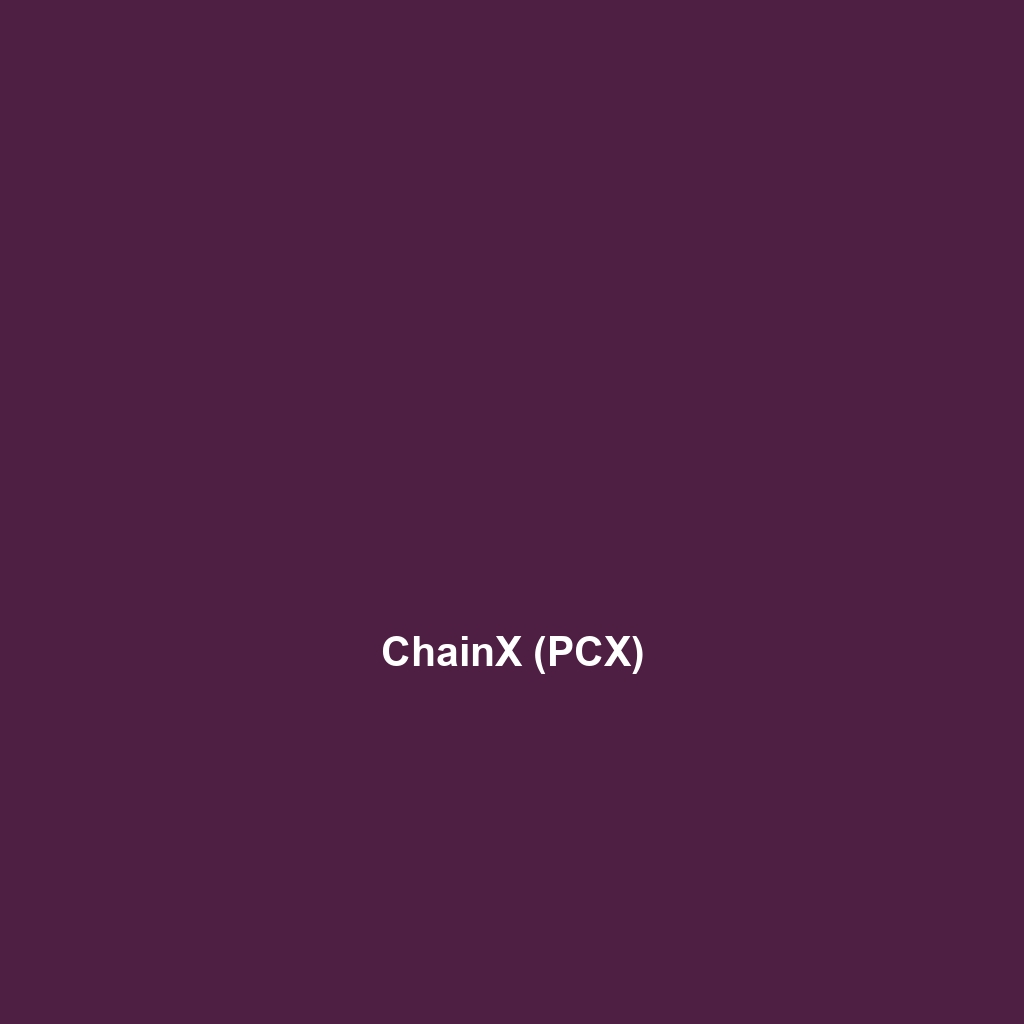Your cart is currently empty!
Tag: decentralized oracle network

Chainlink (LINK)
Chainlink (LINK) – Exploring the Leading Decentralized Oracle Network
Name and Ticker Symbol: Chainlink is a prominent cryptocurrency operating under the ticker symbol LINK. It has become an essential player in the decentralized finance (DeFi) and blockchain technology ecosystem.
Founders, Launch Date, and History
Chainlink was founded in 2014 by Sergey Nazarov and Steve Ellis, two innovators who understood the potential of connecting smart contracts to real-world data. The project officially launched its mainnet in September 2017, and the initial coin offering (ICO) raised approximately $32 million. Key milestones include the introduction of its decentralized oracle network in 2019, and since then, it has grown substantially, cementing its status as the go-to protocol for smart contracts requiring reliable real-world data input.
Blockchain Platform
Chainlink operates primarily on the Ethereum blockchain, leveraging its robust smart contracts feature. It acts as a layer 1 solution that partners with existing networks, enabling secure and trustworthy communication between blockchains and off-chain data sources.
Purpose and Use Case
The primary purpose of Chainlink is to facilitate the integration of external data into smart contracts, enabling a wide array of applications such as insurance, finance, and gaming. By connecting blockchain technology with real-world data, Chainlink enhances the functionality of smart contracts, making them more useful in various industries.
Technology and Consensus Mechanism
Chainlink utilizes a unique technology called oracles that act as a bridge between blockchain and external data. These oracles gather, validate, and deliver data to smart contracts, ensuring that the blockchain has access to real and accurate information. Chainlink does not rely on a single consensus mechanism; instead, it integrates seamlessly with existing blockchain protocols while ensuring data integrity through decentralized oracle networks.
Supply and Tokenomics
Chainlink€„¢s maximum supply is capped at 1 billion LINK tokens. As of October 2023, the circulating supply is approximately 500 million LINK tokens. The tokenomics model includes incentives for node operators (who provide data) and mechanisms for community engagement and governance. LINK does not burn tokens but involves strategies for utility and staking to foster growth and value appreciation.
Use Cases and Adoption
Chainlink boasts numerous real-world applications and partnerships, including projects in DeFi like Aave, Synthetix, and many others that utilize Chainlink’s oracle technology for price feeds and other data inputs. The cross-industry applications also extend to insurance providers and supply chain management solutions leveraging reliable data from Chainlink€„¢s decentralized oracles.
Market Performance and Metrics
As of late October 2023, Chainlink has achieved a market capitalization exceeding $8 billion, positioning it among the top cryptocurrencies. The historical price trends indicate significant fluctuations, with substantial growth since its inception. LINK has experienced trading volumes around $500 million daily, reflecting active engagement in crypto trading communities.
Where to Buy and Trade
Chainlink is available on several centralized exchanges (CEXs) such as Binance, Coinbase, and Kraken, as well as decentralized exchanges (DEXs) like Uniswap and Sushiswap. This widespread availability makes it accessible for both new and seasoned crypto traders.
Security and Risks
Chainlink, like other cryptocurrencies, faces security vulnerabilities typical of blockchain technology. Although it has not suffered from major hacks, it is essential to understand the risks associated with smart contracts and decentralized oracles. Legal and regulatory frameworks continue to evolve, which can pose compliance challenges for Chainlink and its partners.
Community and Governance
Chainlink operates an inclusive decentralized governance model, promoting community engagement through various initiatives. Token holders can participate in governance decisions, enhancing the project’s resilience and adaptability. The Chainlink community is active in developing resources and educational content to support new users.
Competitors and Differentiation
Competitors like Band Protocol and API3 offer similar services, but Chainlink differentiates itself with a wider range of partnerships and a more established track record. Its vast network of decentralized oracles and proven reliability make it a leader in the sector.
Roadmap and Future Developments
Looking ahead, Chainlink aims to enhance its ecosystem through more partnerships and technological upgrades. Upcoming developments include improvements to oracle performance and expansion into other blockchain networks to broaden its market reach.
Wallet Compatibility
Chainlink tokens (LINK) can be stored in various wallets, including hardware wallets like Ledger and software wallets like MetaMask. Well-known exchanges also provide custodial wallets for convenience.
Regulatory and Compliance Status
Chainlink operates in a landscape of increasing scrutiny from regulatory bodies around the world. While it does not face major compliance issues currently, ongoing legal changes could impact its operations and adoption rates.
Recent News and Updates
Recently, Chainlink announced strategic partnerships with leading technology companies to expand its oracle services. Moreover, significant upgrades to its network infrastructure are anticipated in the coming months, aiming to improve scalability and transaction speed.
Summary and Call to Action
In summary, Chainlink (LINK) is a vital player in the cryptocurrency landscape, offering unparalleled services through its decentralized oracle network. Its solid foundation, strong community backing, and continuous innovation make it a cryptocurrency worth following. For additional insights, visit UpCube.net. For the official information, visit Chainlink’s official website.